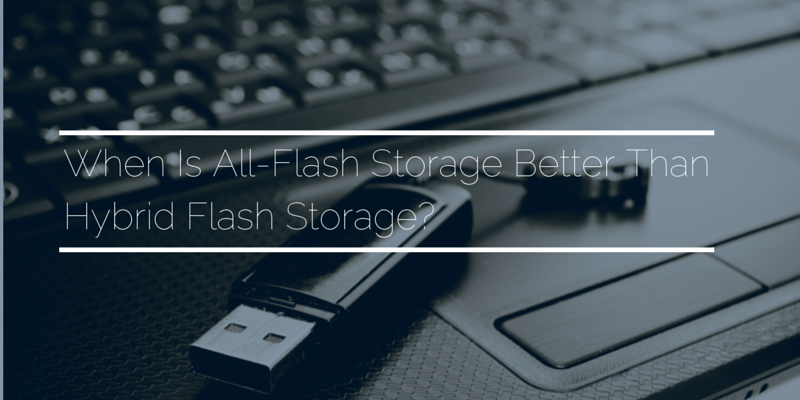Every IT professional already knows that the proliferation of log files generated by Security Information and Event Management (SIEM) solutions can be overwhelming to manage. There are multiple SIEM tools that analyze and automate this tremendous amount of data to provide alerts that help troubleshoot network issues, quickly remediate threats, and identify potential non-compliance vulnerabilities.
Read MoreSean Gilbride
Recent Posts
“Do more with less” has become the mantra folks in IT have come to live by. It is the reality we live with every day. We must be as efficient and effective as possible to be able to compete in today’s market. We must find a way to be viewed as an innovation center, and not a cost center to the business.
How we go about enabling the enterprise to innovate is what sets us apart. It all starts with a good plan and to have a good plan, you must understand the strengths and more importantly, the weaknesses in your IT environment.
Read More
As the cost of solid-state technology decreases and its capacity increases, flash technology has steadily been making inroads into the enterprise storage architecture, to the point where flash has become a standard component of most storage solutions. Just how much flash is necessary, however, is the question confronted by directors of infrastructure who are trying to balance cost with their companies’ needs for high performance.
Read MoreIT managers have long envied the power of all-flash storage for accelerating their most demanding workloads. Unfortunately, the much higher cost-per-terabyte for all-flash storage compared to traditional spinning disk storage has—in many cases—kept these ideas in the realm of wishful thinking. A data reduction technique called deduplication, however, is bringing all-flash storage into the realm of economic reality.
Read More
For years, traditional spinning disk technology reigned as the only option for enterprise storage. While the speed and performance of other infrastructure components improved exponentially, hard drive technology has improved only incrementally with performance remaining largely the same since the year 2000 when the first 15K RPM drives were released. Traditional hard drive storage has been, and remains, a common bottleneck, making otherwise powerful IT systems sluggish and inadequate for handling the demands of modern workloads.
All-flash storage arrays are all the rage among IT teams looking to coax as much performance as possible out of their storage infrastructure. Thanks to the generational maturity of the technology combined with data reduction techniques like inline deduplication and compression, all-flash storage is no longer the economic impossibility it once was.
Jealous of the pure power of all-flash but concerned about cost? The latest generation of all-flash arrays have a couple of tricks up their sleeve that make the difference in usable capacity and cost between flash and spinning disk much less significant: inline deduplication and compression.
Greeting From #VMWorld
Subscribe to Daymark Insights
Latest Posts
Browse by Tag
- Cloud (70)
- Security (45)
- Microsoft (44)
- Azure (36)
- Partners (32)
- Data Protection (30)
- Data Center (28)
- Backup (25)
- Daymark News (23)
- Compliance (22)
- Storage (20)
- Data Governance (19)
- Veritas (18)
- Virtualization (18)
- CMMC (16)
- Cybersecurity (15)
- Disaster Recovery (14)
- Cloud Backup (13)
- Managed Services (13)
- Government Cloud (12)
- Featured Gov (9)
- GCC High (9)
- Industry Expertise (9)
- AI (8)
- Networking (6)
- Hybrid Cloud (5)
- NIST SP 800-171 (3)
- Reporting (3)
- Services (3)
- Cloud Security (2)
- Copilot for Microsoft 365 (2)
- GDPR (2)
- Pure Storage (2)
- Mobile (1)
- Reporting-as-a-Service (1)











